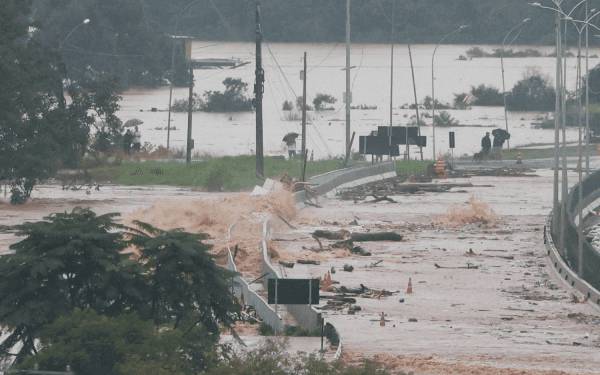Flash Floods and Landslides Devastate Indonesia’s Sumatra Island
Severe flash floods and landslides have caused significant devastation on Indonesia’s Sumatra island, claiming at least 16 lives and displacing hundreds. Triggered by days of torrential rain, the natural disaster has primarily affected the southern region of the island, wreaking havoc on local communities. Emergency services are scrambling to respond to the crisis, with rescue efforts hampered by inaccessible terrain and continuous rainfall.
The Impact on Lives and Infrastructure
The disaster has inundated homes, swept away bridges, and buried parts of villages under mudslides. According to local authorities, the fatalities include both adults and children, with many victims caught off-guard by rapidly rising waters during the night. As of now, dozens remain missing, and officials fear the death toll could rise as search-and-rescue operations continue.
Reports indicate that the flooding has displaced over 1,000 residents, forcing them into temporary shelters. Schools and public services have been disrupted, and critical infrastructure like roads and communication lines has been severely damaged, complicating relief efforts.
Root Causes and Recurring Challenges
Indonesia's susceptibility to flash floods and landslides stems from its geographical and climatic conditions. Heavy deforestation, illegal mining, and unregulated construction exacerbate the risks by destabilizing slopes and reducing natural drainage. The island of Sumatra, like much of Indonesia, is prone to extreme weather, especially during the monsoon season.
Government and Community Response
The National Disaster Mitigation Agency (BNPB) has deployed teams to provide emergency aid, including food, clean water, and medical assistance. Local communities and non-governmental organizations have also rallied to support those affected. However, the scale of the disaster has stretched resources thin, highlighting the need for more robust disaster preparedness and infrastructure resilience.
A Call for Long-Term Solutions
While immediate relief is critical, experts emphasize the importance of addressing the underlying causes of such disasters. Strengthening environmental regulations, promoting sustainable land use, and investing in early warning systems could mitigate future risks.
As Indonesia mourns this tragedy, it serves as a stark reminder of the growing impact of climate change and environmental mismanagement on vulnerable regions.


